This article provides the Instrumentation Engineers Interview Questions & Answers, electronics and instrumentation engineering questions and answers.
Instrumentation Engineers Questions
What is capacity of impulse line tube ?
Theoretical burst and working pressure in psi at 100 degrees F
Pressure Formula:
Internal Burst = 2 St/D
Where
P = Internal pressure psi
S = Tensile stress psi
t = Minimum wall thickness in inches
D = Nominal outside diameter in inches
Working pressure = 1/4 internal burst pressure
what is difference between SOE and alarms ?
SOE meaning is a Sequence of events. We can find out the region of the trip. As well as we can find the first signal of the trip region.
An alarm is an event of process variable like low, high, high high etc
What is the differences of Level switch ( LS ) and Level Transmitter(LT) ?
Level switch is Digital input where it gives only two signals either ON (1) or OFF (0).
where level transmitter gives analog output means value of the output will vary with respect to time. generally its between 4 to 20mA.
How to do calibration of magnetic flowmeter ?
We can do dry calibration for a magnetic flow meter i.e. we have to remove the flow tube/ sensor connections from the meter and connect simulator to the transmitter.
After the connections are given start simulation by adjusting knobs in the simulator, check the error. If there is any error we can do adjustment.
why we are maintain the gap voltage in vibration probe ?
The EDDY current generates between the vibration probe tip and the shaft area. Increasing and decreasing of the area by the shaft will make the measurement of vibrations. So it needs to be done during the installation.
Please explain for RS 485 & RS 232 communication?
RS232 is a full duplex cable means both transmitting and receiving happens at a time due to this noise will be more so that we can’t go for longer distance
RS485 a half duplex cable means in a single time either transmitting or receiving will happen so we can go for a longer distance without disturbance
What is the difference between a Transducer and a Transmitter?
If someone would want a direct one sentence answer for this, it would be very difficult. The contrast between this two engineering terms has slowly been blurred overtime due to the advancement of technology.
The two terminology has slowly merged with new technologies being developed in the field industrial automation and controls in the specifics of process measurement.
Transducers basically are primary element sensors which converts mechanical energy to an electrical signal usually millivots. They are usually the one in contact with the environment or material itself to be measured.
A good example for this is the strain gauge. Some of the uses of strain gauges are for force measurement in machine tools, pressure sensors, strain measurement, tension sensors, impact sensors, torque measurement.
Before, transducers are enough to make measurements of plant parameters and its output displayed on the field or near the equipment to with measurements taken.
From the attached transducer to its visual indication, distances are rather short. But with the evolution of technology and automation, such as power plants and boiler operations, process instruments are now required to ‘throw’ the readings or outputs over long distances.
The transducer’s output of millivolts are needed to travel over long distances to the control rooms. That’s where electronics come in to compensate signal loss due to resistance and other interference. Thus the transmitters where developed.
Transmitters are electronics that would allow the transducers millivolt signal output to be processed and converted to current for transmission over long distances.
Since current are virtually unaffected by radio frequency interferences unlike voltage which are sensitive and to it and would add noise to its reading in addition to being intolerant to resistance, usually a two-wire transmitter is used with 4-20mA output. A three-wire transmitter has also been developed to have an output of 0-20mA signal.
In the early years of industrial automation, the transducers and the transmitters are entirely different terms but with research and developement, manufacturers started making single package instruments that is a transducer with embedded transmitter inside and its size becoming small due to advancement of electronics manufacturing.
Some transducers nowadays have integrated circuits inside its packaging with size as small mobile phone SIM cards or even smaller. Before, transducers are wired to the transmitter and then sent to a controller, now, transducer/transmitter instrument can now be connected directly to controllers.
So, before installing and using the instrument, read the manual carefully and determine the correct output as the words transducers and transmitter are used inter-exchangeably by manufacturers depending on their choice.
What is two wire and three wire RTD system ?
Two wire RTD. system : Two wire RTD system use for short distance like a compressor field local panel.
Three wire System : Three wire system use for long distance coke a field to control room. The third wire is used for compensation of lead wire resistance.
What are the different methods of temperature measurements?
The different methods of temperature measurement are :
- Mechanical
- Electrical.
Mechanical methods:
1. Mercury in glass thermometers:
This consists of a glass tube of very fine bore joined to a reservoir at the bottom and sealed at the top.
A measured quantity of mercury is the enclosed. When the thermometer is heated the mercury expands much more than the glass and is therefore forced to rise up in the tubing A scale is fixed at the side.
2. Bimetallic Thermometer:
Two metals whose coefficient of linear expansion is different are welded and rolled together to the desire thickness.
The actual movement of a bimetal is its flexivity with one end fixed, a straight bimetal strip deflects in proportion to its temperature, to the square of its length and inversely with its thickens.
3. Pressure Spring Thermometers:
There are four classes of pressure spring thermometers.
1. Liquid filled = class 1
2. Vapor pressure = class 2
3. Gas filled = class 3
4. mercury filled = class 4
Liquid filled & Mercury filled :
Both type, operate on the principle of thermal expansion. Where the bulb is immersed in a heated substance.
The liquid expands causing the pressure spring to unwind. The indicating, recording or controlling mechanisms are attached to pressure spring.
Compensated Thermometer System:
Compensations are provided in order to nullify the effect of changes in ambient temperature. The compensation in liquid filled expansions thermal system consists of the second tubing and helical element, both liquid filled.
The two elements are so constructed that the measuring helical floats on a movable base the position of which is governed by the compensating helical.
The two tubing and helicals are matched in volume so that variation in temperature at the instrument case and along the capillary tubing produce equal motion from both helicals. Such motion nullity each other so that only motion produced by varying the bulb temperature actuates the recorder pen.
Gas filled Thermometers:
This type depends upon the increase in pressure of a confirm gas (constant volume) due to temp. increase. The relate between temp. and pressure in this kind of system follow Charles law and may be expressed.
P1 T1
—– = —–
P2 T2
The system is filled under high pressure. The increase pressure for each degree of temperature rise is therefore greater than if the filling pressure were low. Nitrogen the gas most after used for such systems, because it chemically insert and possesses a favorable coefficient thermal expansion.
Vapor – Pressure Thermometers:
Vapor pressure thermometers depend upon vapor pressure of liquid which only partially fills the system.
At low temperatures the vapor pressure increase for each unit temperature charge is small, at higher temperature the vapor pressure change is much greater.
Electrical method of temperature measurement:
1. Thermocouples:
It is a simple device consisting of a dissimilar metal wires joined at their ends. when an of each wire is connected to a measuring instrument thermocouples becomes an accurate and sensitive temperature measuring device.
Resistance – Temperature Detectors (RTD):
RTD’s are generally used for precise temperature measurement. It consists of a five wire wrapped around an insulator and enclosed in a metal. The most sheath of a resistance thermometer resembles that of bimetallic thermometer bulb.
PRINCIPLE : “Resistance increases as temperature increase”
Rt. = Ro (1 + α t )
Rt. = Resistance of Temperature to measured.
Ro. = Resistance of zero temperature.
α = Co. off of thermal (expansion).
t = Temperature to be measured.
These metals have a positive temperature co-efficient of expansion. Therefore resistance increases as the temperature increases.
Types of material used:
- Platinum
- Nickel
These metals have a positive temperature co-efficient of expansion. Therefore resistance increases as the temp. increases.
Calculation of Resistance or Pt100.
Ro = 100
x for platinum = 0.00385 /c.
To calculate Resistance at 100 deg c.
R100 = 100 [ 1+ ( 38.5 x 10 4 x 100 ) ]
R100 = 100 + (100 x 0.385)
R100 = 138.5
Resistance at 100’c = 138.5
What are the methods of level measurement?
There are two ways of measuring level :
1. Direct
2. Indirect.
1.Direct level measurement :
( a ) Bob and tape:
Highest point reached by A bob weight and measuring tape provide the most simple and direct method of measuring liquid.
( b ) Sight glass :
This consists of a graduated glass tube mounted on the side of the vessel. As the level of the liquid in the vessel change, so does the level of the liquid in the glass tube.
Indirect level measurement :
( a ) Pressure gauge :
This is the simplest method, for pressure gauge is located at the zero level of the liquid in the vessel. Any rise in level causes an increase of pressure which can be measured by a gauge.
( b ) Purge system :
In this method a pipe is installed vertically with the open and at zero level. The other end of the pipe is connected to a regulated air r supply and to a pressure gauge.
To make a level measurement the air supply is adjusted so that pressure is slightly higher than the pressure due to height of the liquid. This is accomplished by regulating the air pressure until bubbles cab be seen slowly leaving the open end of the pipe.
The air pressure to the bubbler pipe is minutely in excess of the liquid pressure in the vessel, so that air pressure indicated is a measure of the level in the tank.
The method above are suitable for open tank applications. when a liquid is in a pressure vessel, the liquid column pressure can’t be used unless the vessel pressure is balanced out. This is done through the use of different pressure meters.
( c ) Differential pressure meter :
Connection are made at the vessel top and bottom, and to the two columns of the D.P. meter. The top connection is made to the L.P. column of the transmitter and the bottom to H.P. column of the transmitter.
The difference in pressure in the vessel is balanced out, since it is fed to both the column of the meter. The difference in pressure deducted by the meter will be due only to the changing, level of the liquid.
( d ) Displacer type level measurement :
The leveltrol is one of the most common instruments used measuring level in closed tanks. This instrument works of Archimedes principle.
The displacer in immersed in the liquid due to which there is loss of weight depending on the specified gravity of the liquid. This displacer hangs freely on a knife transmitted to the pneumatic or electronic counterpart at the other end
What is a Linear Variable Differential Transformer (LVDT)?
The Linear Variable Differential Transformer (LVDT) is a position sensing device that provides an AC output voltage proportional to the displacement of its core passing through its windings.
LVDTs provide linear output for small displacements where the core remains within the primary coils. The exact distance is a function of the geometry of the LVDT.
Why we. Don’t measure current in parallel? Why we measure current in series and why we measure voltage in parallel only?
we know that ammeter has ideally zero resistance so if we connect it in parallel with the ckt then it will short ckt the device in which we are measuring the current. and we know that voltmeter has large resistance so if we connect it in series then it will open the ckt and will prevent the flow of current.
Answer 2:
The reason is because current is a measurement of flow – how many electrons are passing through the wire, whereas voltage is a measure of the difference is energies between two points.
In order to measure the amount of electrons passing through a wire, you actually have to place the multimeter within the flow. To measure flow, the multimeter places a VERY LOW resistance into the circuit and measures the voltage drop across that resistance. By using a very low resistance, the multimeter has a negligible impact on the circuit when placed in series.
In order to measure the energies between two points, the multimeter is place in parallel in the circuit with a HUGE resistance and measures the current through the resistance. By using a huge resistance, the multimeter has a negligible impact on the circuit when placed in parallel.
Note: when placing a multimeter into a circuit in series with it turned to the voltage setting or in parallel with the current setting, you will either destroy the multimeter or trigger the circuit breaker or fuse.
Also Read: Flow Transmitters Interview Questions & Answers
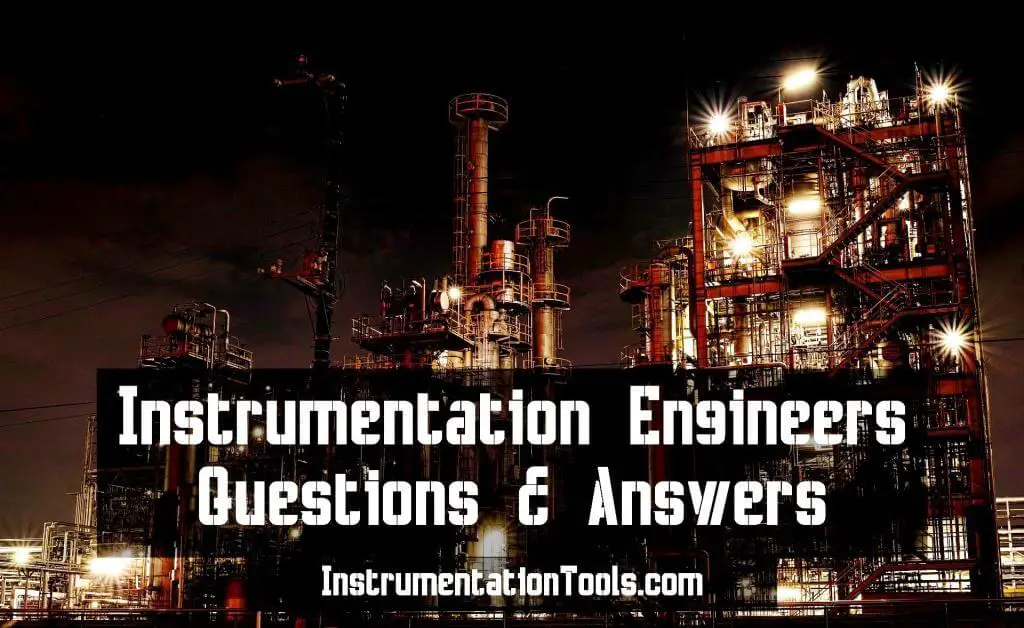
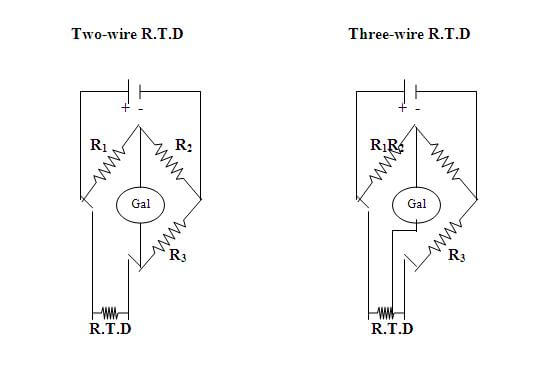


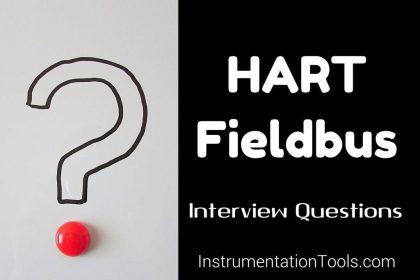


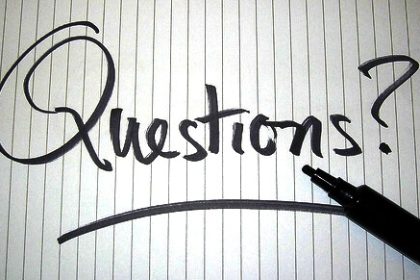

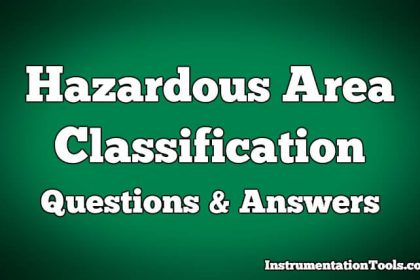
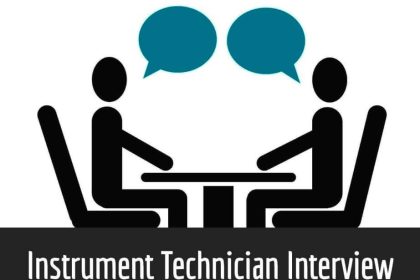
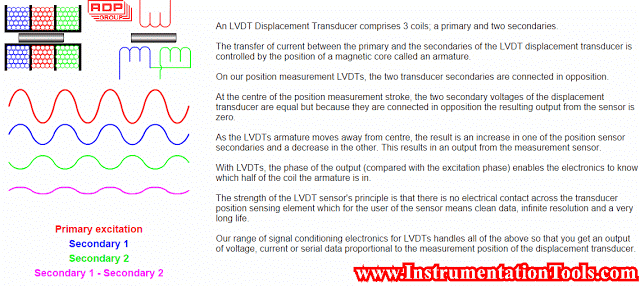

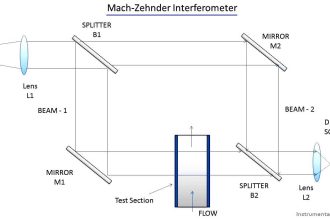


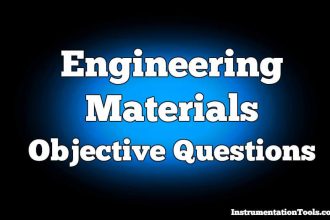
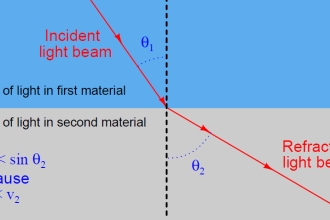
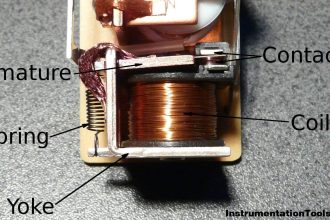

Very useful information
please send information about compressors
which acceptqble limit is most preferable like
ex:temperature sensor 0 to 150 deg acceptable limit (1%fsd)
or 1%fs